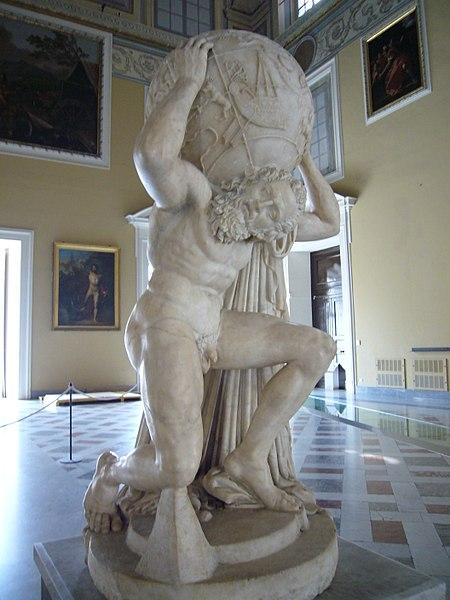'Atlas'
Main content
'Atlas' Texts on Images
‘Atlas’ is a project which will present studies of texts which create, describe, and reflect, on images. The focus of the project is the relationship between text, image and knowledge. We want to challenge the simplistic assumption that it is possible to maintain a clear divide between the analogue and the digital, text and image, and knowledge and the visualization of knowledge. Even though this assumption of a divide can be useful in analytical contexts, it does not take into account the productive and contradictory exchanges which take place between text, image, and knowledge. These relations also include the historical-epistemological agency of images: How images generate, effect, convert and obliterate old and new knowledge regimes are the principle themes for the ‘Atlas’ project.
The project takes as its starting point the mythological figure of Atlas who was punished by the gods to bear the weight of heavens on his shoulders for all eternity. With his strength Atlas prevented the union of the strongest two forces in the universe, Uranus (heaven) and Gaia (earth). Atlas thus stands as an emblem for the dynamic relationship between the textual and the visual spheres which we aim to explore in this project. This same tension between text, image and knowledge is also at play in the modern use of the word 'atlas' for a book of maps or charts and part of the research within the ‘Atlas’ project will also be to look at various cartographic and topographic problems. The German art historian Aby Warburg’s atlas of images project – Mnemosyne – is also an important reference for the ‘Atlas’ project.
